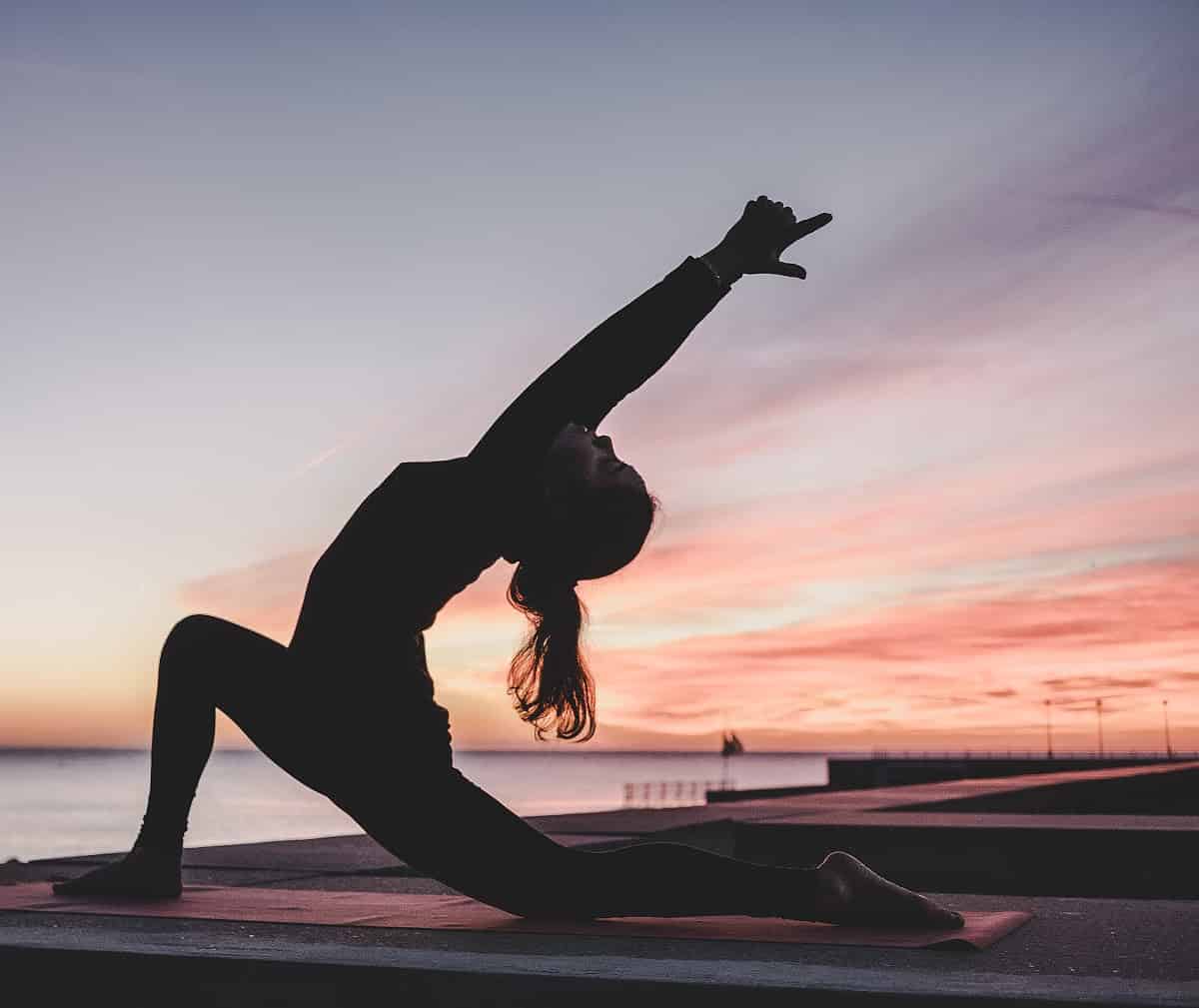Yoga has been practiced for thousands of years and has evolved into different disciplines that cater to various needs and goals. Each discipline has its unique set of practices and techniques that help in physical, mental, and spiritual development. Whether you are looking to improve your flexibility, reduce stress, or achieve inner peace, there is a yoga discipline for you. In this article, we will explore the different disciplines of yoga and their unique characteristics.
1. Hatha Yoga
Hatha yoga is the most popular and widely practiced form of yoga in the western world. It focuses on physical postures and breathing techniques to bring balance to the body and mind. Hatha yoga is a gentle and slower-paced practice, making it ideal for beginners or those with injuries or limitations.
2. Vinyasa Yoga
Vinyasa yoga is a more dynamic and challenging form of yoga that focuses on linking breath with movement. It involves a continuous flow of postures, making it an excellent cardiovascular workout. Vinyasa yoga is great for those who want to build strength and endurance.
3. Ashtanga Yoga
Ashtanga yoga is a vigorous and physically demanding practice that follows a set sequence of postures. It involves performing a series of six synchronized poses, each held for five breaths. Ashtanga yoga is ideal for those who want to challenge themselves and build strength, stamina, and flexibility.
4. Kundalini Yoga
Kundalini yoga is a spiritual form of yoga that focuses on awakening the energy within the body through a series of postures, breathing techniques, and meditation. It involves chanting and singing mantras, which helps to clear the mind and awaken the consciousness. Kundalini yoga is great for those who want to tap into their spiritual side and achieve inner peace.
5. Iyengar Yoga
Iyengar yoga is a precise and methodical form of yoga that focuses on alignment and holding postures for extended periods. It involves the use of props such as blocks, straps, and blankets to help support the body and achieve proper alignment. Iyengar yoga is ideal for those who want to improve their posture, balance, and flexibility.
6. Restorative Yoga
Restorative yoga is a gentle and relaxing form of yoga that involves holding postures for extended periods to release tension and promote relaxation. It involves the use of props such as blankets, bolsters, and pillows to support the body and allow it to fully relax. Restorative yoga is ideal for those who want to reduce stress and promote deep relaxation.
Here is a comparison table of the six disciplines of yoga:
| Discipline | Description | Benefits | Emphasis | Difficulty | Ideal For |
|---|---|---|---|---|---|
| Hatha | Focuses on physical postures and breathing exercises | Improves flexibility, strength, balance, and overall health | Posture and breath control | Beginner to intermediate | Anyone looking for a well-rounded yoga practice |
| Ashtanga | Fast-paced, physically demanding sequence of postures | Increases strength, flexibility, and endurance | Vinyasa (breath-synchronized movements) and drishti (focused gaze) | Intermediate to advanced | Those seeking a challenging, athletic practice |
| Vinyasa | Dynamic flow of postures synchronized with breath | Improves cardiovascular health, strength, and flexibility | Breath and movement synchronization | Beginner to intermediate | Anyone looking for a more active, flowing practice |
| Iyengar | Focuses on alignment and precision in postures | Improves posture, balance, and flexibility | Attention to detail and use of props | Beginner to advanced | Anyone looking to refine their alignment and deepen their practice |
| Bikram | Consists of a set sequence of 26 postures and two breathing exercises practiced in a heated room | Increases flexibility, detoxifies the body, and improves cardiovascular health | Consistent sequence and heat | Beginner to advanced | Those looking for a challenging, sweat-inducing practice |
| Kundalini | Focuses on breath work, meditation, and chanting in addition to physical postures | Reduces stress, increases energy, and promotes spiritual growth | Breath work and meditation | Beginner to advanced | Anyone seeking a more spiritual and meditative practice |
Note: Difficulty level is subjective and can vary based on individual factors such as prior yoga experience and physical limitations. It is always recommended to consult with a qualified yoga teacher before starting any new yoga practice.
Which yoga disciplines are suitable for beginners?
Of the six yoga disciplines discussed earlier (Hatha, Vinyasa, Kundalini, Ashtanga, Bikram, and Iyengar), we would recommend Hatha and Iyengar for beginners.
Hatha Yoga is considered a gentle form of yoga that focuses on basic postures, breathing techniques, and relaxation. It is an excellent discipline for beginners to start with as it provides a good foundation for other forms of yoga. Hatha classes typically move at a slower pace, allowing beginners to learn and perfect the postures without feeling rushed or overwhelmed. It also emphasizes proper alignment and breathing, which are essential aspects of yoga practice.
Iyengar Yoga is another excellent option for beginners as it emphasizes proper alignment and uses props like blocks, straps, and blankets to help students achieve the correct posture. Iyengar Yoga is known for its attention to detail, making it a great choice for beginners who want to learn the correct alignment of each posture. Iyengar teachers are trained to give clear, concise instructions and modifications to help students of all levels. Iyengar Yoga is also known for its therapeutic benefits and can be used to help with various conditions, including back pain, arthritis, and stress.
Overall, Hatha and Iyengar Yoga are both great disciplines for beginners as they provide a solid foundation for more advanced forms of yoga. They also emphasize proper alignment and breathing techniques, which are essential for a safe and effective yoga practice. As with any form of physical activity, it is important to listen to your body and start slowly, gradually building up your practice over time.
Conclusion:
Yoga is a versatile and adaptable practice that offers a range of benefits to the body, mind, and spirit. Whether you are looking to improve your physical health, reduce stress, or achieve inner peace, there is a yoga discipline for you.
By exploring the various disciplines of yoga, you can find the practice that best suits your needs and goals. With regular practice and dedication, you can reap the many benefits that yoga has to offer.
Originally posted 2023-01-31 22:41:19.



